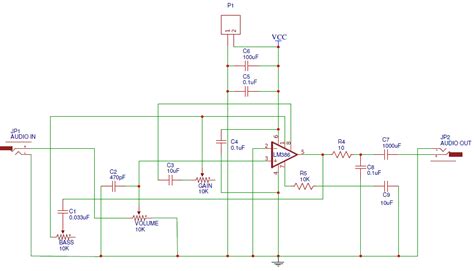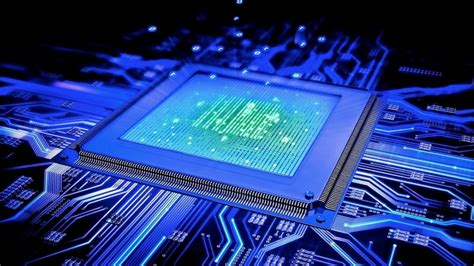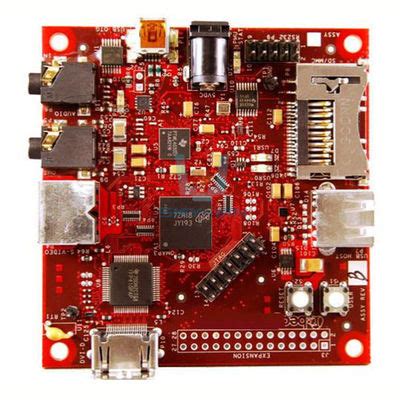Innovative Approaches to PCB Design for Enhanced Circuit Performance
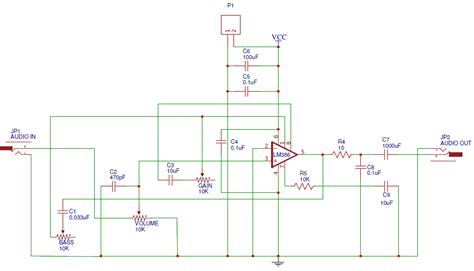
Key Takeaways
When exploring PCB design and its impact on circuit performance, you must recognize that the choices made during the pcb manufacturing process can dramatically affect overall efficiency and reliability. It’s essential to collaborate with reputable pcb manufacturing companies to ensure high-quality materials and precise fabrication techniques. By understanding the typical pcb manufacturing costs, you can make informed decisions that align with your project’s budget without compromising on quality. Additionally, considering a diversified pcb manufacturing business model may provide you with access to advanced technologies and innovative solutions that enhance your circuit designs. This holistic approach not only elevates signal integrity but also fortifies the thermal management strategies implemented in your PCBs, ultimately leading to improved performance metrics in any electronic application.
Understanding the Basics of PCB Design and Circuit Integration
In the realm of electronics, PCB design stands as a foundational pillar that dictates how well circuits function. When you delve into the intricacies of circuit integration, understanding the nuances of pcb manufacturing becomes crucial. This process not only encompasses the creation of the physical boards but also involves ensuring that all components are optimally placed for reliable performance. It’s essential to consider various factors such as pcb manufacturing cost, which can drastically affect project budgets, particularly for startups in the pcb manufacturing business.
A well-designed PCB integrates various circuit elements, facilitating signal flow and efficiency. By leveraging advanced techniques and materials during pcb manufacturing, companies can improve performance metrics significantly. For instance, using high-quality substrates can lead to better thermal management and signal integrity, ultimately enhancing overall circuit reliability.
| Component Type | Importance | Impact on Performance |
|---|---|---|
| Material Quality | Reduces signal loss | Ensures longevity and efficiency |
| Layer Configuration | Manages electromagnetic interference | Enhances circuit responsiveness |
| Component Placement | Optimizes space utilization | Affects signal integrity directly |
Moreover, collaborating with reputable pcb manufacturing companies can lead to innovations in design that not only improve reliability but also lower production costs over time. As you explore design strategies, consider how each decision impacts both immediate functionality and long-term sustainability within the ever-evolving landscape of electronic circuits. By doing so, you embark on a journey toward maximizing your circuit’s performance through strategic PCB design and integration solutions. For more information on quality PCB manufacturing, you may want to check out Andwin PCB.
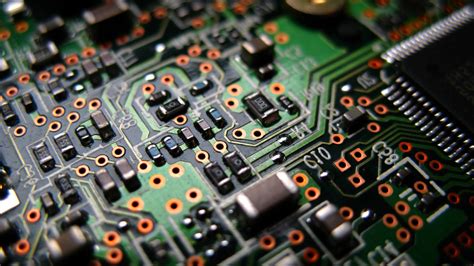
Key Factors Influencing Circuit Performance in PCB Design
When you embark on the journey of PCB design, several key factors directly influence the performance of your circuits. Understanding these factors is essential for anyone involved with pcb manufacturing. First and foremost, the layout and trace routing play a significant role in how well circuits function; closely placed traces can cause crosstalk, impacting signal integrity. The choice of materials is also paramount; using high-quality substrates minimizes losses and translates to better performance. Additionally, pcb manufacturing companies often emphasize the importance of proper component placement to reduce electromagnetic interference, ensuring that every part of the circuit works harmoniously. You may also consider the pcb manufacturing cost, as higher investments in better materials and advanced designs typically yield improved efficiency and reliability. Lastly, aspects such as thermal management cannot be overlooked as heat dissipation can drastically affect circuit performance; implementing effective cooling solutions is crucial in your design process. By focusing on these elements, you not only enhance functionality but also position your pcb manufacturing business for greater success in a competitive market.
Advanced Materials and Techniques for PCB Fabrication
In the ever-evolving landscape of PCB manufacturing, selecting the right materials and techniques is paramount for optimizing circuit performance. Modern PCB manufacturing companies are now leveraging advanced materials such as polyimide, ceramic, and high-frequency laminates, which significantly enhance thermal management and signal integrity. When choosing materials, consider factors such as thermal conductivity, dielectric properties, and mechanical durability. These elements directly influence the overall circuit reliability and operational efficiency.
Additionally, innovative fabrication techniques like laser drilling and high-density interconnect (HDI) technology are becoming more prevalent in cutting-edge PCB design. These methods facilitate denser layouts while minimizing signal loss. You might also want to assess the pcb manufacturing cost associated with these materials and techniques to ensure that your designs remain cost-effective without compromising performance. It’s wise to maintain a balance between advanced material selection and production budget.
“Investing in high-quality materials today can lead to enhanced circuit performance tomorrow.”
For those engaged in a pcb manufacturing business, understanding the intricacies of these advanced methods can eventually provide a competitive edge in the marketplace. Embracing new technologies not only propels innovation but also significantly contributes to long-term success in creating superior electronic circuits.
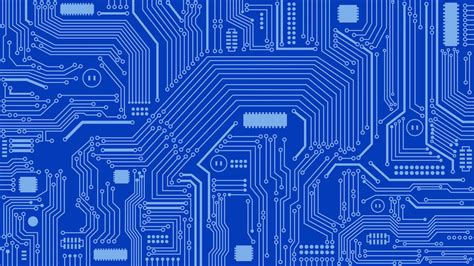
Innovative Design Strategies for Enhanced Signal Integrity
Achieving optimal signal integrity in PCB design is paramount for ensuring high-performance circuits. You can implement several innovative strategies that not only enhance the signal quality but also reduce interference and crosstalk in your designs. One of the most effective approaches involves careful layer stack-up and routing techniques. By optimizing the arrangement of layers within the pcb manufacturing process, you can minimize electromagnetic interference and improve overall circuit performance.
Additionally, using advanced materials such as low-loss dielectrics can significantly impact signal integrity. These materials, readily available through reputable pcb manufacturing companies, allow for better performance in high-frequency applications. It is also beneficial to focus on the management of return paths, ensuring that they are designed to minimize loop areas, which can lead to unwanted noise or distortion.
Moreover, you should consider integrating strategies like differential signaling and controlled impedance design into your circuit layout. These methods not only enhance signal integrity but also contribute to a reduction in the pcb manufacturing cost, as they streamline the complexities involved in traditional designs. By leveraging these innovative design strategies within your pcb manufacturing business, you will create circuits that are more reliable and capable of delivering superior performance in a variety of applications.
Implementing Surface Mount Technology for Optimal Efficiency
In today’s rapidly advancing technological landscape, surface mount technology (SMT) has become a cornerstone of efficient PCB manufacturing processes. By allowing components to be mounted directly onto the surface of printed circuit boards, SMT significantly reduces the amount of space required for circuit assemblies. This not only enhances the overall compactness of your design but also enables higher density of components without compromising performance. When considering PCB manufacturing, one must take into account the various advantages that SMT offers, such as improved performance at lower manufacturing costs.
Engaging with reputable PCB manufacturing companies is essential, as they can guide you through the selection of suitable materials and techniques to maximize efficiency. By leveraging advanced SMT techniques, your designs can achieve improved electrical performance and faster signal transmission, addressing common issues like electromagnetic interference and cross-talk that can arise in traditional through-hole mounting.
Moreover, while the initial PCB manufacturing cost may seem higher with SMT due to specialized equipment and processes required, the long-term savings associated with reduced assembly times and minimized errors can greatly enhance your overall return on investment in a PCB manufacturing business. By focusing on optimizing these aspects through effective SMT implementation, you are setting your project up for success in terms of both performance and manufacturability. A thoughtful approach to integrating this technology will ultimately allow you to remain competitive in an ever-evolving electronics market.
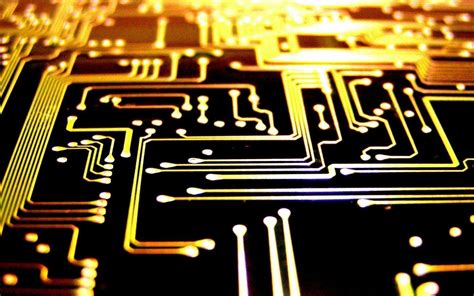
Thermal Management Solutions in PCB Design
Effective thermal management is paramount in PCB design, especially as circuit complexity and functionality continue to grow. When you consider your pcb manufacturing processes, understand that adequate thermal control can significantly influence the longevity and reliability of your circuits. Modern solutions include the use of advanced thermal materials, such as thermally conductive substrates, which help in dissipating heat more efficiently. By selecting these materials during the pcb manufacturing phase, you not only enhance performance but also reduce overall pcb manufacturing costs. Moreover, implementing heat sinks or integrating thermal vias into your design offers a strategic approach to improving heat dissipation. This proactive management can prevent overheating and ensure that critical components operate within their optimal temperature ranges. Ultimately, when collaborating with various pcb manufacturing companies, ensure they have the capability to cater to these thermal requirements, as this can directly impact the success of your pcb manufacturing business. By prioritizing effective thermal solutions now, you set a foundation for more reliable future products that meet or exceed industry standards and customer expectations.
Ensuring Reliability through Testing and Quality Control
When discussing PCB manufacturing, it is essential to highlight the critical role of testing and quality control in ensuring the reliability of electronic circuits. As you delve into the intricacies of PCB manufacturing companies, you will find that a robust quality management system is vital for maintaining high standards throughout the production process. Techniques such as automated optical inspection, functional testing, and in-circuit testing are commonly employed to detect flaws early on, reducing the likelihood of failures in final products. By investing in comprehensive quality control measures, you can also significantly impact the PCB manufacturing cost. The upfront investment may seem high, but it often results in reduced waste, fewer recalls, and increased customer satisfaction over time. In essence, by prioritizing testing protocols and leveraging advanced technologies in your PCB manufacturing business, you not only enhance the reliability of your circuits but also establish a strong market reputation, ultimately driving business growth.

Future Trends in PCB Design and Their Impact on Circuit Performance
As you look towards the future of PCB design, several trends are emerging that promise to significantly impact circuit performance. One of the most noteworthy trends is the increasing adoption of advanced materials that enhance conductivity and thermal management. By utilizing these materials, you can improve the efficiency of your circuits, as they allow for better heat dissipation and signal integrity. In addition, you will notice that pcb manufacturing companies are turning to more sophisticated fabrication techniques, which directly correlate with minimizing the pcb manufacturing cost for high-performance applications.
Another trend is the integration of software tools that utilize artificial intelligence (AI) for optimizing layout designs. This approach helps in predicting how changes in design can affect performance outcomes, thus enabling more informed decisions early in the design process. Furthermore, sustainability is becoming a key focus; many pcb manufacturing companies are working towards eco-friendly practices without compromising on the performance of their products.
You might also explore miniaturization as a trend where PCB manufacturing strives for smaller, yet more powerful circuit boards. This enables higher component density and can lead to improved functionality without increasing physical size—ideal for consumer electronics as space becomes a premium.
The shift to embracing these future trends not only solidifies your competitive edge but also ensures reliability in performance that resonates with today’s demanding market standards. Embracing these innovations will allow you to stay ahead in an increasingly intricate landscape of electronic circuit development.
Conclusion
In the ever-evolving landscape of electronics, the significance of PCB manufacturing cannot be overstated. You’ll find that working with PCB manufacturing companies that embrace innovative approaches can lead to remarkable enhancements in your circuit performance. As you explore various PCB manufacturing costs, it’s crucial to understand how each investment in technology and design can directly impact the efficiency, reliability, and functionality of your circuits. Establishing a successful PCB manufacturing business hinges not only on cutting-edge techniques but also on a deep understanding of the principles behind effective circuit integration. By prioritizing advanced materials and embracing innovative design strategies, you can ensure that your PCB is optimized for enhanced signal integrity and thermal management. Ultimately, remaining informed about future trends in PCB design will empower you to make decisions that contribute significantly to the quality and performance of your electronic products.
FAQs
What is PCB manufacturing?
PCB manufacturing refers to the process of creating printed circuit boards (PCBs) that support and connect electronic components. It involves several steps, including design, fabrication, assembly, and testing.
How do I choose the right PCB manufacturing companies?
When selecting PCB manufacturing companies, consider factors such as their experience, production capacity, technology used, and the range of services offered. It’s also wise to review their customer feedback and samples of previous work.
What factors influence PCB manufacturing cost?
The PCB manufacturing cost can be influenced by various factors such as material selection, board complexity, layer count, and assembly requirements. Additional aspects include speed of production and any special needs you might have for your project.
How can I start a PCB manufacturing business?
To start a PCB manufacturing business, you’ll need to conduct market research to understand demand, acquire necessary equipment for fabrication and assembly, base your pricing on production costs while ensuring competitive rates, and establish relationships with suppliers for raw materials.
What are some best practices in PCB design to enhance circuit performance?
Incorporating innovative design strategies like optimal placement of components for signal integrity or effective thermal management solutions can significantly enhance circuit performance in the PCB manufacturing process.

